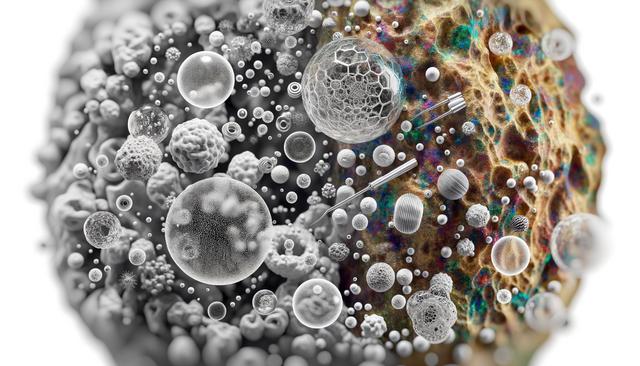Understanding Varicose Veins: Causes, Symptoms, and Management
Varicose veins are a common condition that affects the veins, particularly in the legs, and can lead to discomfort and visible changes in appearance.

What Are Varicose Veins?
Varicose veins are enlarged, twisted veins that commonly appear on the legs and feet. They develop when the valves in the veins that help regulate blood flow become weak or damaged, causing blood to pool and veins to swell. Although varicose veins are often a cosmetic concern, they can sometimes lead to more serious health issues if left unmanaged. This condition is more prevalent in people over age 50, but it can affect individuals of all ages depending on various risk factors.
Veins rely on a network of one-way valves to transport blood back to the heart. When these valves fail, blood can flow backward and accumulate, leading to the formation of varicose veins. They usually appear as blue or dark purple veins and may be raised above the surface of the skin. Some people experience discomfort, aching, or heaviness in their legs, particularly after long periods of standing or sitting.
Common Causes and Risk Factors
Several factors can contribute to the development of varicose veins. Understanding these can help individuals take preventive measures or seek early treatment. The most common causes and risk factors include:
- Genetics: A family history of varicose veins increases your risk.
- Age: As people age, veins can lose elasticity, and valves may weaken.
- Gender: Women are more likely than men to develop varicose veins, partly due to hormonal changes.
- Pregnancy: Increased blood volume and hormonal changes during pregnancy can enlarge veins.
- Obesity: Excess weight puts more pressure on the veins in the legs.
- Prolonged standing or sitting: Occupations that require long periods of immobility can affect blood flow.
Although these factors may increase the likelihood of varicose veins, lifestyle choices such as maintaining a healthy weight and staying active can help minimize the risk.
Recognizing the Symptoms
Varicose veins may present with more than just visible changes. While some individuals experience no symptoms beyond the aesthetic, others may notice a range of physical discomforts. Common symptoms include:
- Aching or burning sensation in the legs
- Swelling, particularly around the ankles and lower legs
- Muscle cramping or throbbing pain
- Itching around one or more veins
- Skin discoloration around the affected area
In severe cases, varicose veins can lead to complications such as ulcers, blood clots, or chronic venous insufficiency. If symptoms worsen or interfere with daily activities, it’s important to consult a healthcare provider for proper diagnosis and treatment options.
Treatment Options and Lifestyle Adjustments
There are multiple ways to manage varicose veins, depending on their severity and the level of discomfort they cause. While some people may require medical procedures, others find relief through lifestyle adjustments. Common treatment options include:
- Compression stockings: Help improve blood flow and reduce swelling.
- Exercise: Regular physical activity strengthens leg muscles and promotes circulation.
- Elevation: Raising the legs can help reduce pressure in the veins.
- Weight management: Maintaining a healthy weight eases pressure on leg veins.
- Minimally invasive procedures: Options such as sclerotherapy, laser treatments, and endovenous ablation may be recommended by a healthcare provider.
These treatments are generally effective in reducing symptoms and improving appearance. It is essential to consult with a healthcare professional to determine the most appropriate approach based on individual health needs.
Prevention and Long-Term Care
Preventing varicose veins or managing their progression involves a combination of healthy habits and awareness of risk factors. Here are some preventive strategies that can be incorporated into daily life:
- Stay active: Regular walking or low-impact exercise can promote healthy blood flow.
- Avoid prolonged sitting or standing: Change positions frequently to encourage circulation.
- Use proper posture: Avoid crossing legs when sitting, and maintain good posture while standing.
- Wear supportive footwear: Avoid high heels for extended periods and consider shoes with good arch support.
- Monitor weight and diet: A balanced diet rich in fiber and low in salt can support vascular health.
Even after treatment, ongoing care is important to prevent recurrence or complications. Individuals with a history of varicose veins should be proactive in managing their vein health through consistent lifestyle practices and regular medical checkups.
Conclusion
Varicose veins are a common yet manageable condition that can affect quality of life if not addressed. By understanding the causes, symptoms, and treatment options, individuals can take informed steps toward better vein health. Whether preventing their development or managing existing veins, adopting healthy habits and seeking professional guidance can lead to improved comfort and confidence in daily life.